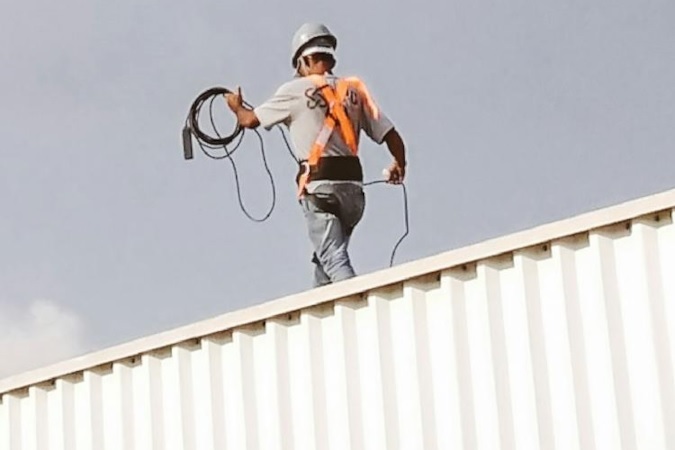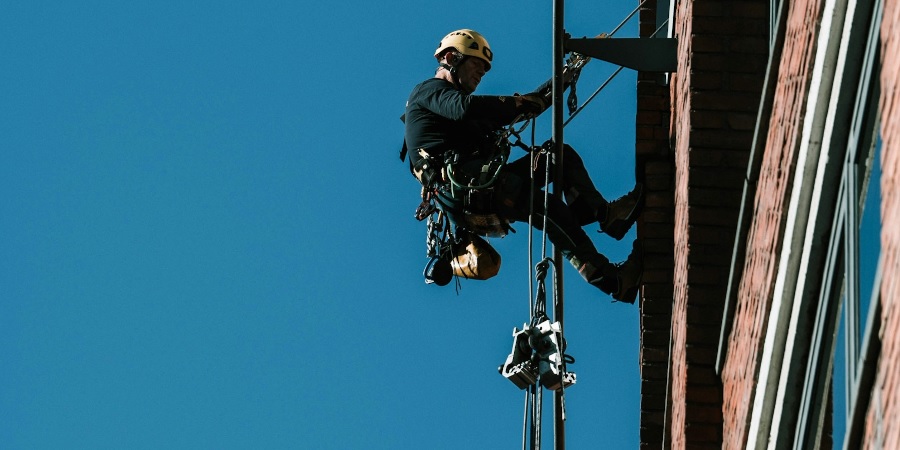
Working on a flat roof may seem less dangerous than working on a sloped roof, but flat roof work is still dangerous whenever there is a risk of falling from the edge or through fragile materials. To work safely on a flat roof you must plan the job thoroughly, choose suitable access equipment, use the right fall protection and follow the guidance set out by the HSE.
More...

Fall protection is required when work at height is carried out and there is a realistic risk that a person could fall and suffer personal injury, and that risk cannot be removed or adequately reduced by other means.
More...

The No Falls Foundation has announced the start of No Falls Week – a campaign dedicated to preventing falls from height in UK workplaces. This important cause aims to prevent fatalities and injuries that are unfortunately too common in industries like construction.
In 2023/24, falls from height were responsible for 36% of all workplace deaths in Great Britain. Participate in No Falls Week from 12th to 16th May 2025 to help reduce these figures, and prevent falls from height!
More...

Working at height is often a necessity in the construction industry. However, even if you work at height often, you should never do so carelessly.
By definition, working at height creates a situation where an injury could occur due to a worker falling from one level to another. These injuries can be very serious, even life-threatening, so it’s important to be careful when you’re working at height.
To minimise the risk of a nasty fall, keep these dos and don’ts in mind:
More...

Staying safe while working at height is already a hard task in itself, but the risks only get greater when you add bad weather to the mix. Wind, ice, snow and other adverse weather conditions pose a serious threat to safety for those working on site. This blog will explore some of the risks associated with these weather conditions and what you can do to keep yourself and others on site safe.
More...

